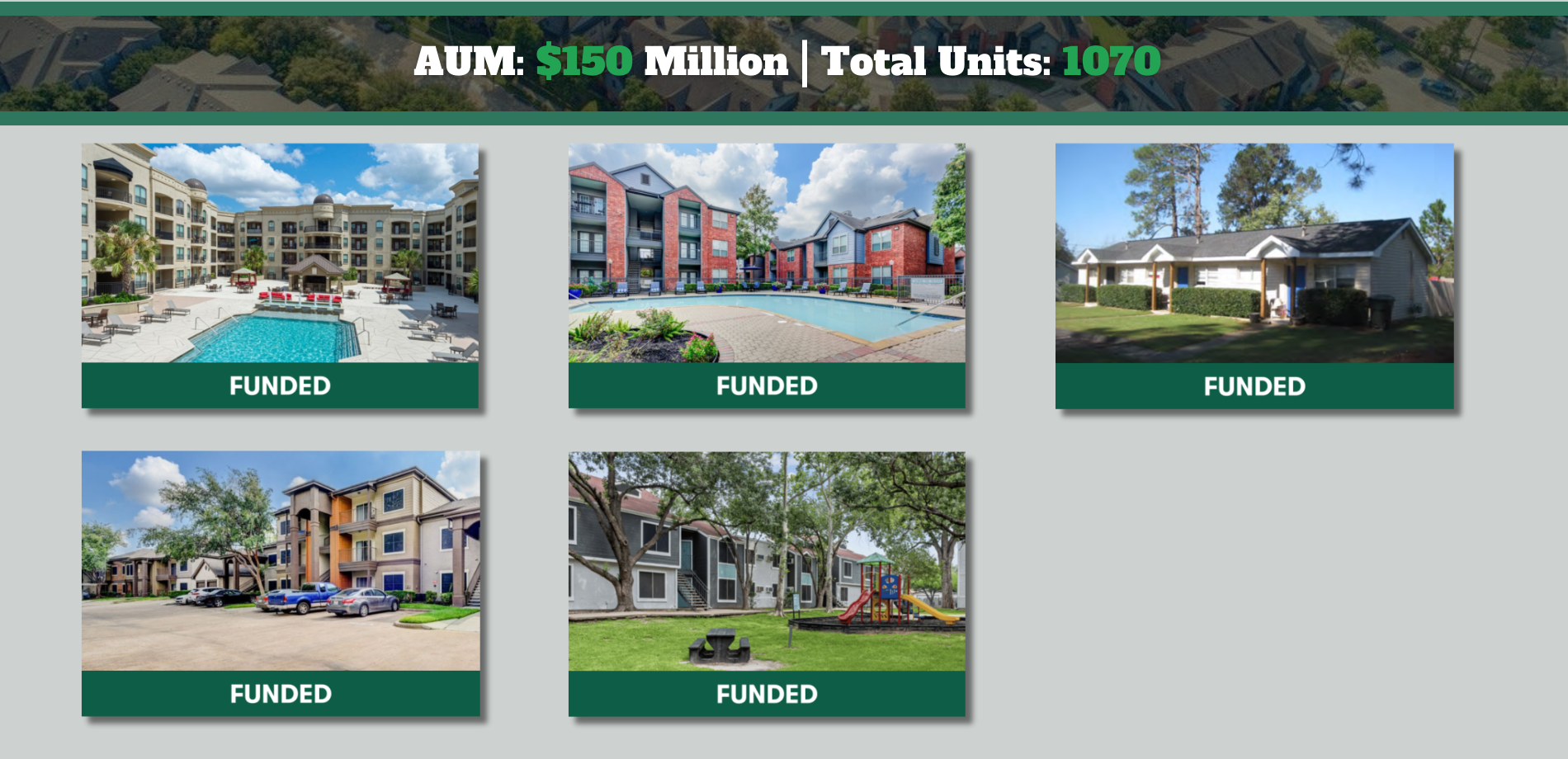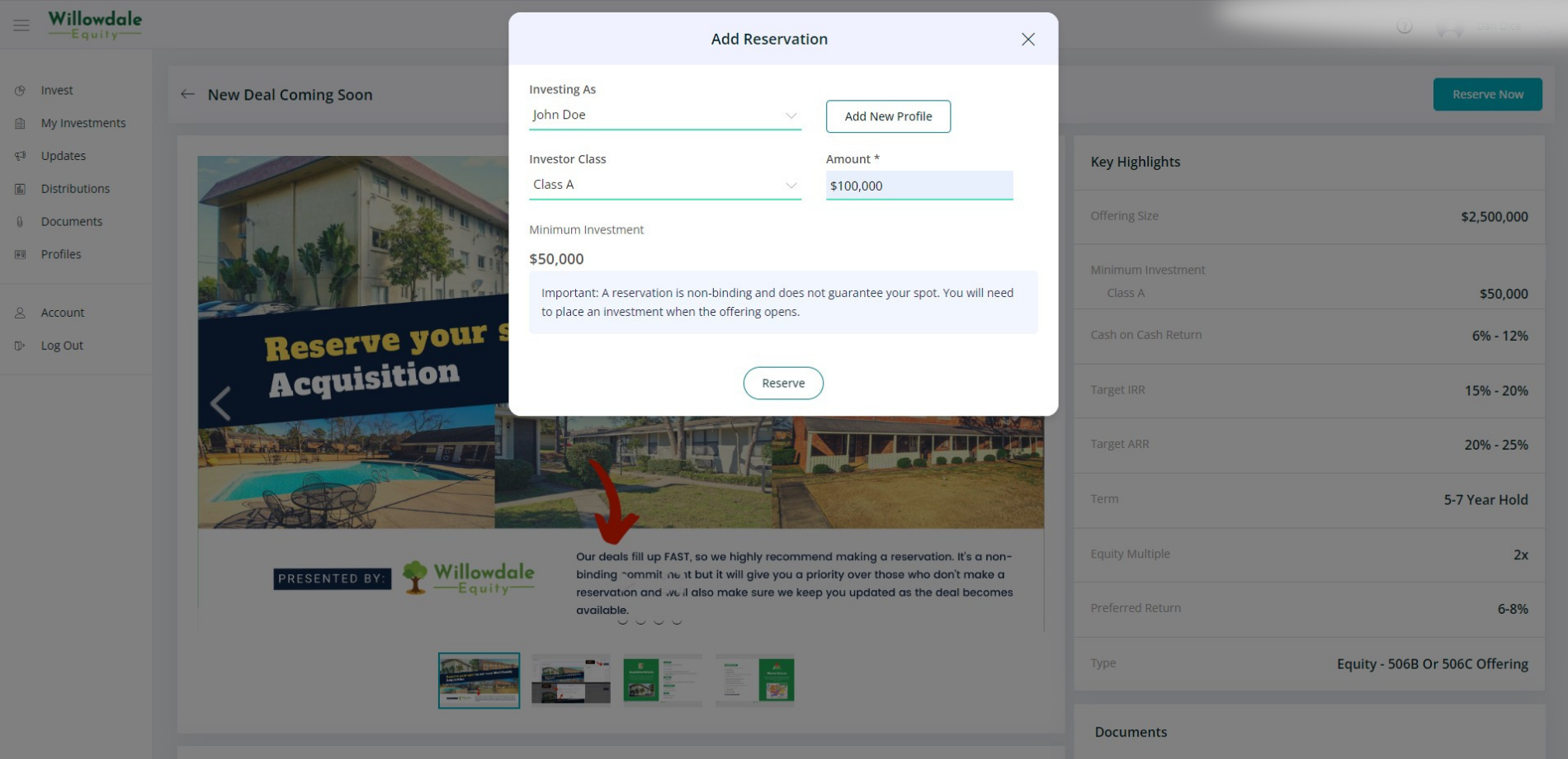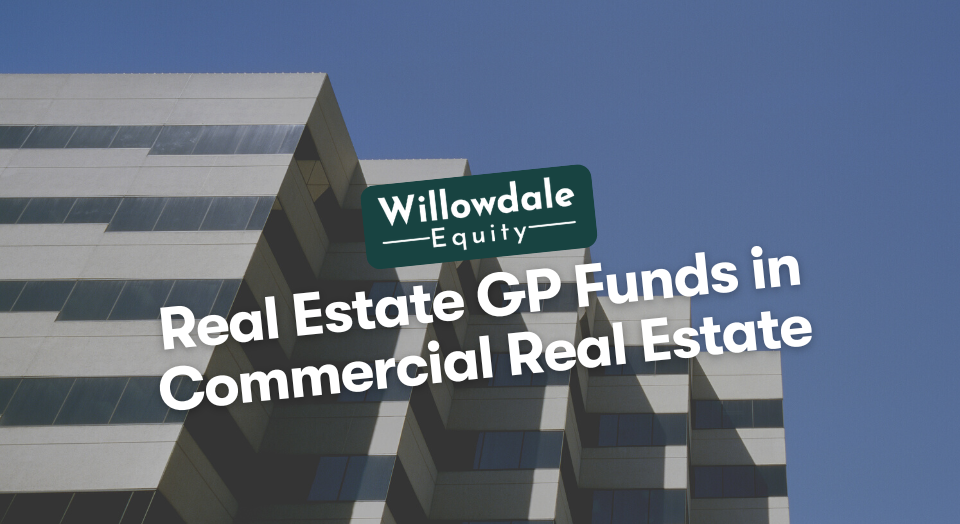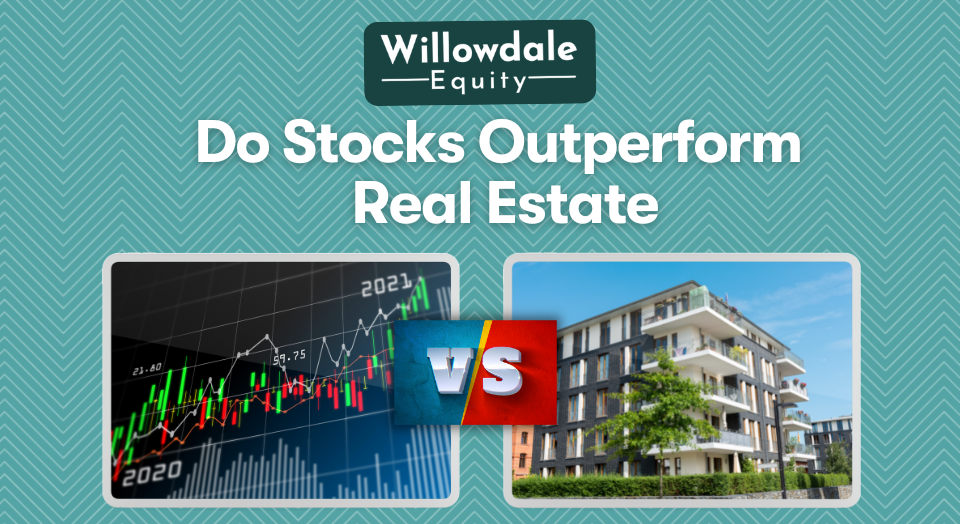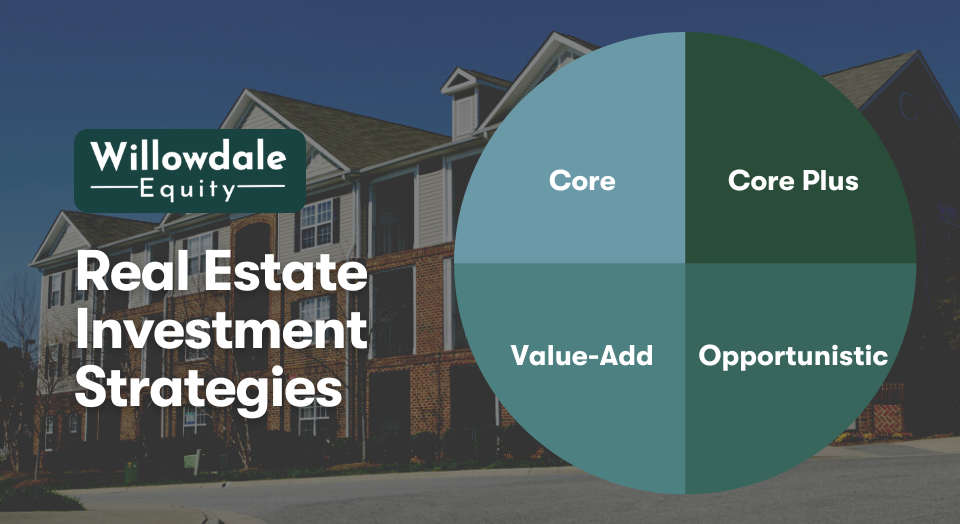
Core vs Core Plus: Core, Core Plus, Value-Add, and Opportunistic Investment Strategies
This article is part of our passive investors guide on real estate syndications, available here.
Key Takeaways
-
Core multifamily properties are the least risky investments.
-
Investing in Core investments is a solid way to slowly grow your capital with lower risk but not the most effective way of multiplying your dollars which is why it’s essential to have a partner aligned with the same type of risk tolerance as you.
-
The primary benefit of a value add real estate investment is the potential increase in ROI compared to core / core+ properties.
Risks and returns are not equal in every type of multifamily investment. Things like the property’s location, the tenant demographic/profile, the age/vintage of the building, and how heavy of lift the property is make up the risk profile. Also, constraints of the type of debt that can be placed on the property influence the risk and returns.
We use four types of real estate investment strategies to classify a multifamily property’s risk and return profile. Those four types of investment strategies are:
- Core
- Core Plus
- Value-Add
- Opportunistic

Core Multifamily Real Estate Investments

Risk Profile – Conservative
Location – Class A
Return Expectations – Moderate to Low
Core multifamily properties are the least risky investments. They are a perfect fit for investors looking for a stable return on their capital with low risk and are usually only open to accredited investors. Core multifamily properties are located in Class A areas and are typically no more than ten years old.
These properties offer a newly built product in highly sought-after locations, allowing them to attract a stronger demographic and a more creditworthy tenant base. Due to being newer-built properties, they offer low deferred maintenance. Having a robust and high-earning tenant affords a lower operational component for property management and asset management.
Since core investments have few flaws, the upside to creating large swings in value through capital expenditures (CAPEX) is not that prominent. Again, they generally have strong finishes and solid amenity packages with minimal upside. Core investments are the most expensive class on a per-door price basis. They typically attract the likes of larger groups like institutions, private equity firms, life insurance companies, and much more.
For Example, A 300-unit 5-story multifamily community in the heart of Miami, FL, built-in 2015 with average rents of $2,700.
Core Plus Multifamily Real Estate Investments

Risk Profile – Low to Moderate
Location – Class A-B
Return Expectations – Moderate
Core plus multifamily properties have a very similar investment profile to core assets. The main difference is that they offer more of an ability to increase cash flows through optimizing operations and management and some light improvements. Like core properties, core+ real estate is also situated in strong Class A or B locations.
Core plus multifamily properties are around 10-20 years old. Due to the property’s age, there are more light upgrades that need to be made compared to a core multifamily property. With more repairs comes a little less unpredictability in operating expenses compared to a core property with relatively little to none.
For Example, A 150-unit multifamily community in a growing Dallas, TX, submarket built in 2005. With the opportunity to add a few new parks to the complex’s amenity package, as well as putting in place more robust management to lower expenses and increase tenant retention.
Value-Add Multifamily Real Estate Investments

Risk Profile – Moderate to High
Location – Class B-C
Return Expectations – Moderate to High
“Value Add” has become quite a popular term in multifamily real estate investing. Value-Add multifamily investments are usually located in Class B and C areas and are 30-40-year-old properties. The word Value-Add perfectly describes the rich upside in these types of deals. These properties could have occupancy issues and many different maintenance and management inefficiencies.
Generally, they’re an older product that requires many capital improvements to achieve higher market rents. With these inherent problems in the property, it provides moderate risk to investors, with a more significant potential to significantly increase cash flows and returns.
For Example, A 225-unit 1975 vintage multifamily community located in a growing submarket of Jacksonville, FL. The property is 92% occupied, and with the injection of a $6,500 per unit capital improvements budget, this property could capture $150 rent premiums based on comparable apartments with comparable finishes and amenities.
Opportunistic Multifamily Real Estate Investments

Risk Profile – High
Location – Mixed
Return Expectations – High with Large Return Variability
Opportunistic multifamily investments typically have a high vacancy, with low cash flows at takeover. They can be located in rougher, slowly gentrifying areas or in great areas, but the project’s collaboration makes it high risk. These deals provide the highest risk and return ceiling if executed properly.
For Example, 1979 built 100-unit 25% occupied multifamily community in a growing Atlanta, GA submarket. We’ll make $10,000 per unit in capital improvements, build community amenities, and build an additional 35 units on zoned unused land on the property’s site.
More about Commercial Real Estate Opportunistic Investments
Opportunistic real estate investments are the most difficult types of deals because the return expectations are less predictable than a more core real estate asset with predictability. Given the high risk that an opportunistic strategy possesses, the higher the expected rate of return, and it goes without saying that investors investing in this type of project should have substantial risk tolerance. Opportunistic properties typically have the highest level of debt and vacancy and may need significant repairs or a complete repositioning.
Other possible examples could be developing land where the developer may have to wait a year or months without reporting income. Once construction has been completed and units have been sold or leased, the demand ramps up, and more risk comes off the table.
Real estate opportunistic investment strategy is a term used to describe an approach that focuses on investing in any type of real estate at opportune times, regardless of core or value add, with the primary objective of obtaining significant cash flow or capital appreciation.
A Bit About Opportunistic Investors
Opportunistic investors are generally more speculative than core-plus investors. This means they must be ready to move quickly when a suitable opportunity arises. Opportunistic investors who fail to capitalize during favorable market conditions often change their tactics and approach as opportunities arise – so long as the risk-reward balance still favors them favorably.
Opportunistic investments correlate less with one another in terms of risk and reward. This means that comparing returns across different opportunistic projects is difficult because they will likely be dramatically different in size, scope, design, construction budget, etc. The real estate asset class in which an investor specializes will make the deal significantly easier to close if it has been done before or is similar to past deals. Some examples of opportunistic real estate investments could include
Leasing parking garages when they need multiple tenants signed up to lease space within a specific timeframe; developing distressed property in an up-and-coming area that needs significant rehabbing before the market value returns; developing larger multi-family projects with huge budgets to get them up to code so they can be sold or leased at a much higher rate than what it cost the developer, etc.
Opportunistic deals are often not considered standard real estate investments because they provide investors with the opportunity to realize high returns on low-risk investments.
The benefit of an opportunistic strategy is that it diversifies your property types and reduces overall market exposure; however, this diversity can also be a significant drawback if you cannot accurately measure each asset’s cash flow independently (without correlations). For example, if you invested in several multi-family properties at different price points within the same geographic region, they would correlate with one another because all real estate prices will likely increase or decrease together. So this risks underperforming compared to similar opportunities outside of the area.
More about Value Add properties
Value-add properties offer improved returns over standard “core” properties. These types of assets most commonly will have deferred maintenance, an under-market occupancy in some cases, and low lease rates.
A value add investment strategy aims to purchase the property for a reasonable price and invest capital into renovations and physical improvements. Renovations might range from minor (new furniture and paint) to larger (renewing roof or structural changes) to attract higher rents and income overall. The additional risk in value-add real estate investments comes from the execution risk associated with renovation activities and the increased leverage used to finance it.
The more renovation that’s required, the higher the risk. Less intensive projects such as increasing the property size, replacing fixtures and building systems, or cosmetic upgrades carry less risk than complete overhauls or conversion projects which change the use of the building.
The Benefits of Value Add Real Estate
The primary benefit of a value add real estate investment is the potential increase in ROI compared to core / core+ properties. Intelligent investors can locate diamonds in the rough, invest cash and turn around. Value Add is a spectacular way for individual and group real estate investors (real estate syndications) to exploit their professional experience in real estate to generate higher returns than projects with no value add aspect. Not to mention the opportunity to generate a solid risk-adjusted return and hedge against inflation.
To be a value add investor, one should look for properties with upside potential while being realistic about the market so as not to overpay.
These include physical defects, lack of quality working capital, and poor management. By making these improvements, tenants will stay longer in the property because it’s been upgraded. These upgrades and higher occupancy rates generally lead to higher rent increases and faster tenant turnover (faster leases).
By maximizing upgrades and integrating them with your value-add strategy, you can achieve significant ROI growth quickly due to accelerated lease-up and increased rental income.
Frequently Asked Questions About Value Add Investment
Value-add deals are generally in Class B and C areas, with a 30-40-year age range. Typically, these properties have occupancy concerns, operational inefficiencies, and an overall opportunity to fix problems and/or make physical improvements to increase the property’s value.
Value add returns in commercial real estate investing vary. But for a more general return expectation range for this deal profile, you should expect to see anywhere from a 15%-20% Internal Rate of Return (IRR) on the project.
Core and core plus commercial real estate investing is an investment strategy or deal profile with relatively low risk and maintenance as the property is a newer build. Also, because real estate investment strategies like core investments have a low-risk profile, the return expectation on these types of projects are lower. Still, their returns are potentially more predictable in comparison to a value add deal, for example.
Core vs Core Plus And Value Add vs Core Plus - Conclusion
Investing in Core investments is a solid way to slowly grow your capital with lower risk but not the most effective way of multiplying your dollars which is why it’s essential to have a partner aligned with the same type of risk tolerance as you. Value-Add real estate returns are the strongest asset profile to invest in.
Typically these investments will have already been stabilized (85%-90% plus occupancy) with the upside to add a ton of value, with moderate risk. Therefore offering the highest multiple on your hard-earned dollars.
We provide passive real estate investment opportunities at Willowdale Equity. If you are interested in learning more about our process, visit our how it works page to check out the whole process. Also, if you want to continue learning about multifamily real estate, join our private investor club to get more exclusive resources. This is also where you’ll get access to exclusive investment opportunities and much more!
The Willowdale Equity Investment Club is a private group of investors that are looking to passively grow their capital and share in all the tax benefits through multifamily real estate investments.
